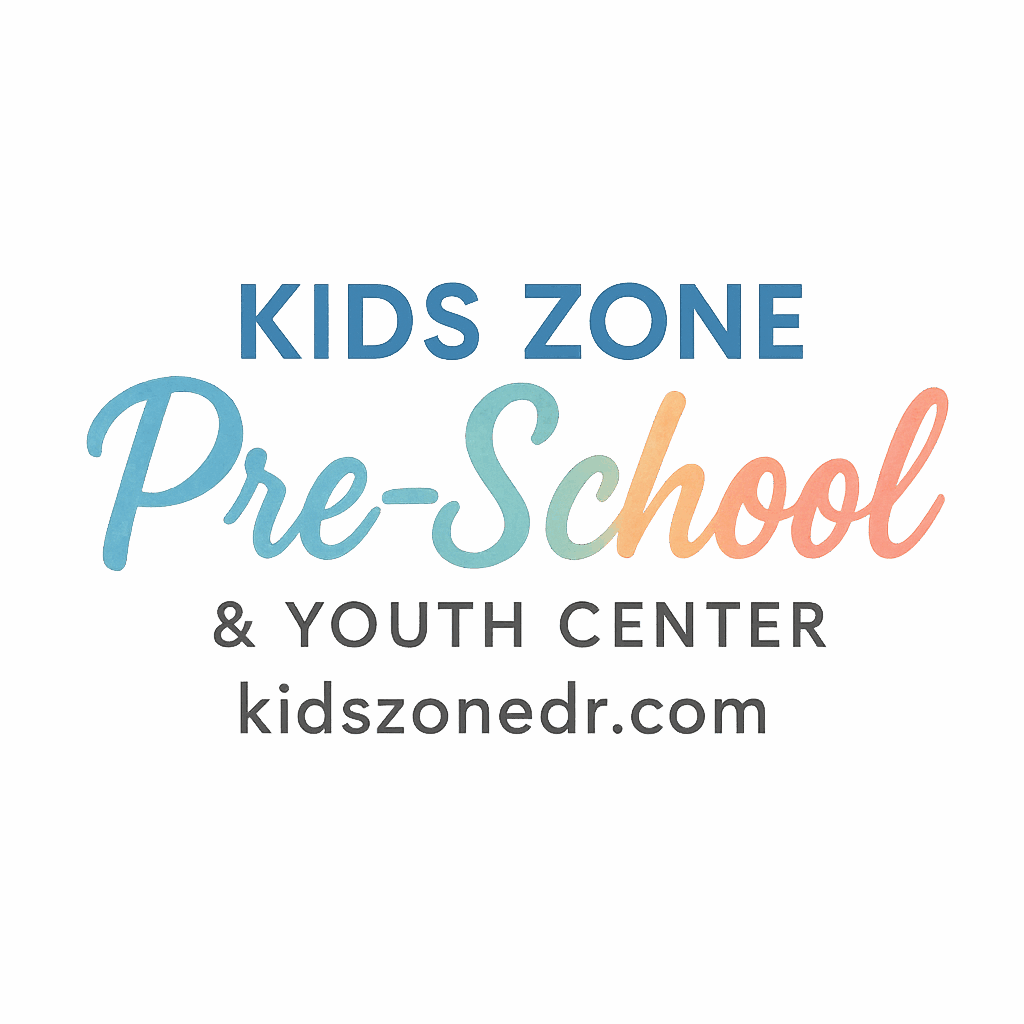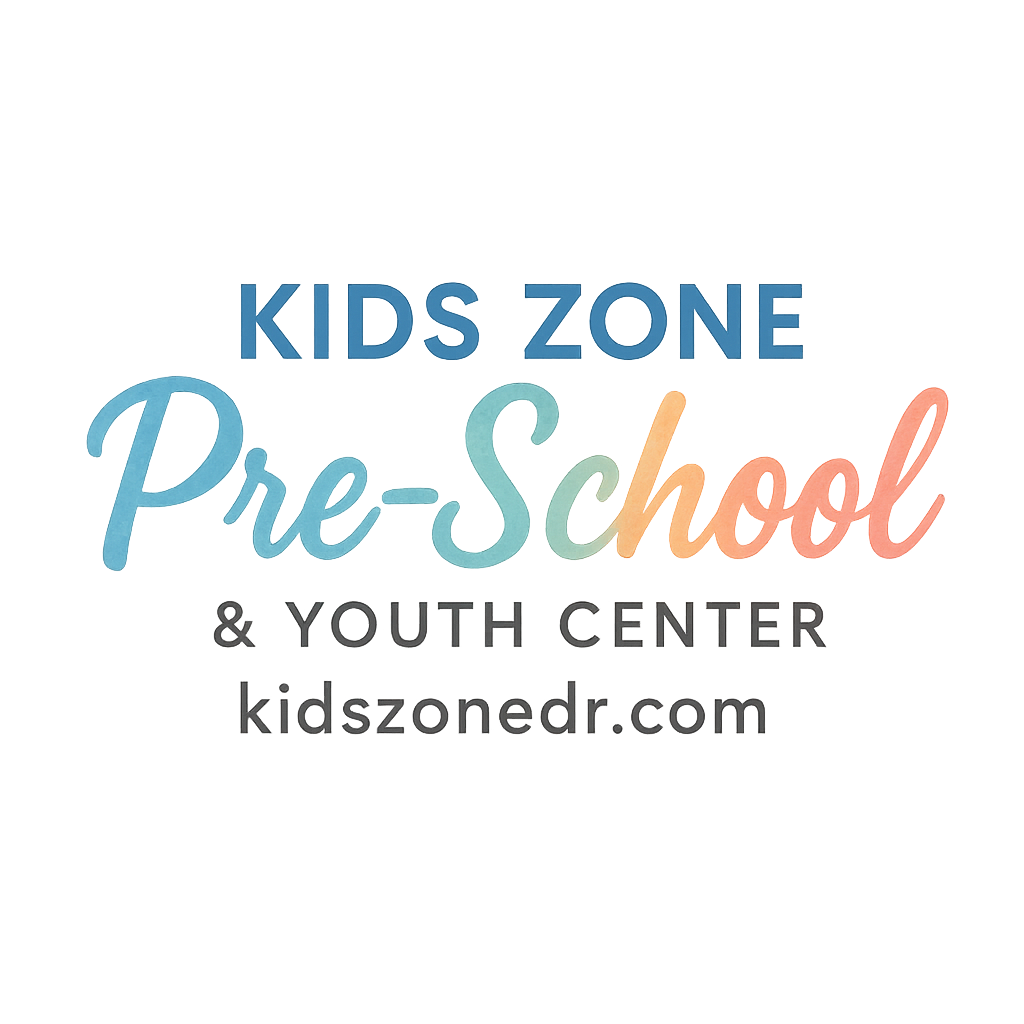When you picture preschool, you probably imagine crayons, blocks, and storybooks. But what if we told you science belongs right there too? Preschoolers are natural scientists—they’re curious, eager to explore, and not afraid to get a little messy. That’s why play-based science experiments are such powerful tools for learning and development.
In this guide, we’ll explore 8 preschool & youth center play-based science experiments that are fun, safe, and surprisingly educational. We’ll also share tips for teachers, caregivers, and parents to help children develop curiosity, problem-solving skills, and a love for discovery.
Why Play-Based Science Experiments Matter for Preschoolers
The Connection Between Play and Learning
Children learn best when they’re having fun. Play-based science experiments merge curiosity with hands-on activities, turning every experiment into a little adventure. For preschoolers, play is not just entertainment—it’s the way they make sense of the world.
Through playful experiments, kids aren’t just mixing colors or making things fizz. They’re learning cause-and-effect, observation, and critical thinking.
Building Curiosity and Confidence Through Hands-On Science
When kids pour water, mix baking soda, or watch a seed sprout, they’re doing more than “playing.” They’re developing confidence in their ability to test ideas, ask questions, and figure things out. These early sparks of curiosity can fuel lifelong learning.
For more on how preschool boosts learning and growth, check out Preschool Learning Development.
How to Introduce Science in Early Childhood Settings
Setting Up a Safe and Engaging Environment
Science with preschoolers doesn’t need a fancy lab. A classroom, a kitchen, or even the backyard can become a science zone. All you need are safe, simple materials like water, baking soda, or seeds. Always keep health and safety in preschool as a top priority.
Encouraging Questions and Exploration
One of the best parts of teaching science at this age? You don’t need all the answers. Encourage children to ask, “What will happen if…?” and explore the possibilities together. Their curiosity will guide the experiment more than the outcome itself.
8 Fun Play-Based Science Experiments for Preschoolers
Now, let’s get to the fun part! Here are eight experiments designed for preschool and youth centers.
1. Rainbow Walking Water Experiment
Materials Needed
- Clear cups or jars
- Paper towels
- Food coloring (red, yellow, blue)
- Water
Step-by-Step Instructions
- Fill three cups with water and add food coloring (red, yellow, blue).
- Place empty cups between them.
- Fold paper towels and place one end in a colored cup and the other in an empty cup.
- Watch as the colors “walk” into the empty cups, creating new colors.
What Kids Learn
Children discover how water travels through paper and how primary colors mix to form secondary colors. It’s like art meets science!
2. Baking Soda & Vinegar Volcano
Materials Needed
- Baking soda
- Vinegar
- Food coloring (optional)
- A plastic cup or small bottle
Step-by-Step Instructions
- Place baking soda in the cup or bottle.
- Add a few drops of food coloring for fun.
- Pour vinegar in and watch the fizzing “eruption.”
What Kids Learn
This classic experiment shows chemical reactions in action. It’s also a chance to discuss gases and bubbles in a kid-friendly way.
3. Growing Seeds in a Clear Cup
Materials Needed
- Clear plastic cups
- Soil or cotton balls
- Seeds (beans work best)
- Water
Step-by-Step Instructions
- Fill cups with soil or damp cotton.
- Place seeds against the side so kids can watch them sprout.
- Keep watered and observe daily.
What Kids Learn
Children see plant growth up close, understanding life cycles and what plants need to grow. This is a perfect tie-in with healthy eating.

4. Sink or Float Challenge
Materials Needed
- A tub of water
- A variety of small objects (toy car, apple, sponge, coin, block)
Step-by-Step Instructions
- Have kids guess whether each item will sink or float.
- Place objects in the water to test predictions.
What Kids Learn
Preschoolers explore density and buoyancy while practicing prediction skills.
5. Dancing Raisins Experiment
Materials Needed
- Clear soda (like Sprite)
- Raisins
- Clear glass
Step-by-Step Instructions
- Fill a glass with soda.
- Drop in raisins.
- Watch them sink, rise, and “dance” as bubbles attach and release.
What Kids Learn
Kids observe gas bubbles in action and learn about buoyancy.
6. Magnet Discovery Tray
Materials Needed
- A tray with random small objects (paperclip, button, coin, toy car, block)
- Magnets
Step-by-Step Instructions
- Let kids test each item with a magnet.
- Sort into “magnetic” and “non-magnetic.”
What Kids Learn
Children explore properties of materials and classification.
7. Shadow and Light Play
Materials Needed
- Flashlight or lamp
- Toys or cut-out shapes
- A blank wall or white sheet
Step-by-Step Instructions
- Shine light on toys or shapes.
- Move them closer or farther to see how shadows change.
What Kids Learn
Preschoolers explore light, shadow, and size perception.
8. Oobleck – Solid or Liquid?
Materials Needed
- Cornstarch
- Water
- Bowl
Step-by-Step Instructions
- Mix cornstarch and water until thick.
- Pick it up—it feels solid. Let go—it flows like liquid.
What Kids Learn
Kids learn about non-Newtonian fluids—big words for preschoolers, but an unforgettable sensory experience!
Safety Tips for Preschool Science Experiments
Supervision and Guidance
Always have an adult present. Even simple materials can pose risks without supervision.
Choosing Age-Appropriate Materials
Avoid small choking hazards, toxic chemicals, or sharp tools. Stick with safe, everyday household items.
How Play-Based Science Boosts Development
Cognitive Development
Experiments strengthen observation, prediction, and reasoning skills.
Social and Emotional Growth
Working in groups fosters teamwork, communication, and confidence. Learn more about parental guidance and involvement.
Building Daily Routines Around Science
Incorporating experiments into daily routines and activities helps children view learning as part of everyday life.
Connecting Parents and Teachers in Science Learning
Encouraging Involvement at Home
Parents can repeat simple experiments at home, reinforcing classroom learning.
Extending Learning Beyond the Classroom
Teachers and parents can share notes, photos, or even create a “science journal” for kids. For more, explore parenting tips.
Conclusion
Play-based science experiments are more than fun—they’re powerful learning tools. By encouraging curiosity, fostering problem-solving, and making learning joyful, we give children the foundation for lifelong discovery. Whether you’re a parent, teacher, or caregiver, these 8 science experiments are an easy way to spark excitement in preschoolers and young learners.
FAQs
1. What age is best for play-based science experiments?
Most experiments here are safe for ages 3–6, but always supervise and adapt to your child’s readiness.
2. How often should preschools include science activities?
Ideally, integrate science into daily or weekly routines to make it part of everyday learning.
3. Do I need special equipment for these experiments?
Not at all—most materials can be found at home or in the classroom.
4. Can science experiments help with social skills?
Yes! Group activities promote teamwork, communication, and sharing.
5. How do science experiments support preschool learning?
They strengthen cognitive, emotional, and motor skills while encouraging curiosity.
6. Are messy experiments worth the cleanup?
Absolutely—messy play often leads to the best discoveries and sensory learning.
7. Where can I learn more about preschool growth and development?
Check out KidsZoneDR for resources on growth, milestones, and preschool learning.


